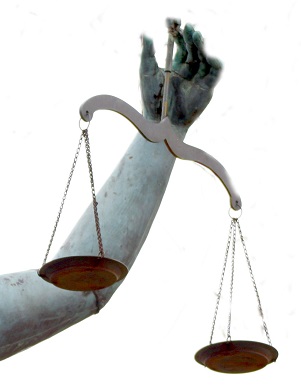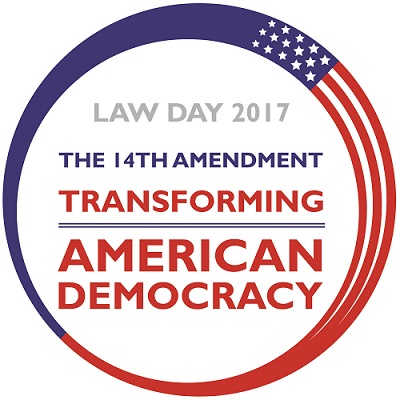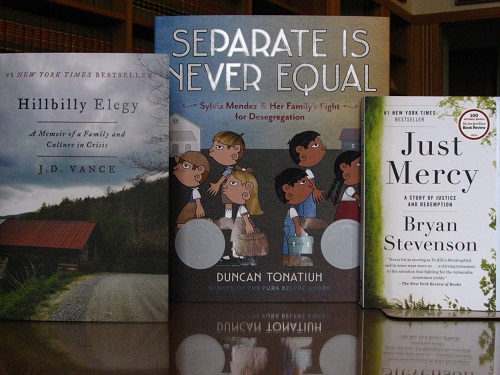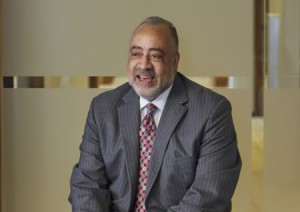 As we appreciate the historical significance of the Fourteenth Amendment throughout May, we can consider two lesser-known figures. This is first the story of a man named John born in Kentucky in 1833 to a slaveholding family. His father was a loyal Whig political leader and lawyer, who served both in Congress and as Kentucky’s attorney general. The father wished the same political stature for his sons, and named this particular son for his favorite Supreme Court justice. This son indeed followed in his father’s footsteps, even attending law school before it was standard to a legal career. It wasn’t long thereafter that he himself was elected attorney general of Kentucky. Although John strongly supported efforts to keep Kentucky in the Unionleading up to the Civil War, he was staunchly opposed to the Emancipation Proclamation. But since the Proclamation only applied to rebel states and not Kentucky, he continued to be responsible for his family’s slaves after his father’s death. His pro-Union, pro-slavery position was politically precarious, and he lost his bid for the US Senate in 1867, as well as his bid to remain attorney general of Kentucky.
As we appreciate the historical significance of the Fourteenth Amendment throughout May, we can consider two lesser-known figures. This is first the story of a man named John born in Kentucky in 1833 to a slaveholding family. His father was a loyal Whig political leader and lawyer, who served both in Congress and as Kentucky’s attorney general. The father wished the same political stature for his sons, and named this particular son for his favorite Supreme Court justice. This son indeed followed in his father’s footsteps, even attending law school before it was standard to a legal career. It wasn’t long thereafter that he himself was elected attorney general of Kentucky. Although John strongly supported efforts to keep Kentucky in the Unionleading up to the Civil War, he was staunchly opposed to the Emancipation Proclamation. But since the Proclamation only applied to rebel states and not Kentucky, he continued to be responsible for his family’s slaves after his father’s death. His pro-Union, pro-slavery position was politically precarious, and he lost his bid for the US Senate in 1867, as well as his bid to remain attorney general of Kentucky.
John retreated from politics into his law practice, but he was quietly undergoing a philospical metamorphosis. Specifically, he began championing ideas of racial equality which he had previously scorned. Now affiliating himself with the Republican party, he soon embraced both the Thirteenth and Fourteenth Amendments. His passionate campaign speeches helped bring about the election of Rutherford B. Hayes in 1876, which led to his appointment by President Hayes to the Supreme Court in 1877. Thus began the epic high court career of John Marshall Harlan, with his reputation as the Court’s “great dissenter.” His famous dissents included the lone ones in both the Civil Rights Cases (1883) and Plessy vs. Ferguson (1896). We may see his opinions as heroic in our age, and indeed, his Plessy dissent was later regarded by a young Thurgood Marshall as his “bible” as he argued the case that led to the historic Brown vs. Board of Education decision. But Harlan was considered by his peers and contemporaries a contrary and eccentric justice.
John Marshall Harlan’s dramatic political turnabout may be cause for speculation, but this Smithsonian article presents an interesting theory. John grew up in the presence of a “light-skinned, blue-eyed” slave named Robert, who was believed to be John’s half-brother. Indeed, John’s father treated Robert as his son, which he likely was. Robert grew up to have a keen business sense, operating both a barbershop and a grocery store in the 1840’s. The proceeds of these ventures allowed him to buy his own freedom when he was thirty-two. Robert traveled from place to place after the war, amassing a fortune in real estate and other ventures. He also became involved in Republican politics, and President Chester A. Arthur appointed him to the U.S. Treasury as a special agent. In 1886 he was elected a state representative. He and John stayed in contact throughout his life. It’s plausible that Robert’s quiet but dramatic success may have inspired John’s evolution into an early champion of racial equality. Robert James Harlan died one year after the Plessy decision. Justice John Marshall Harlan remained on the Supreme Court until his death in 1911.








